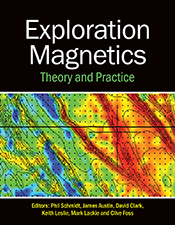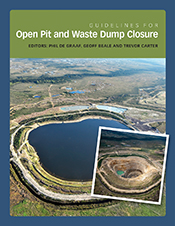Plot Scale Models and Their Application to Recharge Studies - Part 10
Provides an overview of the use of plot scale models in estimating deep drainage.
Each booklet in The Basics of Recharge and Discharge series covers a specific technique for detecting, measuring or modelling groundwater recharge and discharge. Part 10 provides an overview of the use of plot scale models in estimating deep drainage. + Full description
This booklet explains how such models can add understanding to deep drainage studies. It describes the different broad types of plot-scale models that are available and how they can be most appropriately used.
Throughout the booklet, clear examples demonstrate the potential applications for a range of simulation models. They contrast the features and capabilities of the models and illustrate what can be achieved through modelling. The chapter finishes by describing how to test models and where to find more information on the models most commonly used in Australia.
- Short descriptionNews
No longer available in a print edition.
Details
ePDF | October 2002ISBN: 9780643105423
Publisher: CSIRO Publishing
Available from eRetailers
Features
- Succinctly summarises various types of plot scale models and their potential applications.
- Provides a rundown of the most commonly used models and where to find further information.
Contents
Overview
1. Introduction
2. Recharge processes and deep drainage
3. Deep drainage and the single layer bucket model
4. Giving physical meaning to the single layer bucket model
5. Adding complexity to the single layer bucket model
6. Using complex models
7. Simulating runoff and deep drainage
8. Modelling the effects of vegetation on deep drainage
9. Why do models of deep drainage work at all?
10. Model complexity
11. Finding the inputs
12. Parameter estimation and model calibration
13. Model testing and validation
14. Contacts for various models
15. Concluding remarks
References
Appendix A: Description of the soil data use in some of the examples
Appendix B: Soil properties and management rules used in the sample simulation for APSIM
Authors
Glen Walker is a senior scientist at CSIRO Land and Water with more than 20 years research experience. He is at the forefront of research on recharge estimation, groundwater modelling and dryland salinity, and a winner of Australia’s prestigious WE Wood Award for Innovation in Salinity ResearchLu Zhang is a hydrologist at CSIRO Land and Water with over 10 years research experience, and a research project leader with the Cooperative Research Centre for Catchment Hydrology. He has developed models that are increasingly used to predict the effect of land use changes on catchment water yield worldwide.








